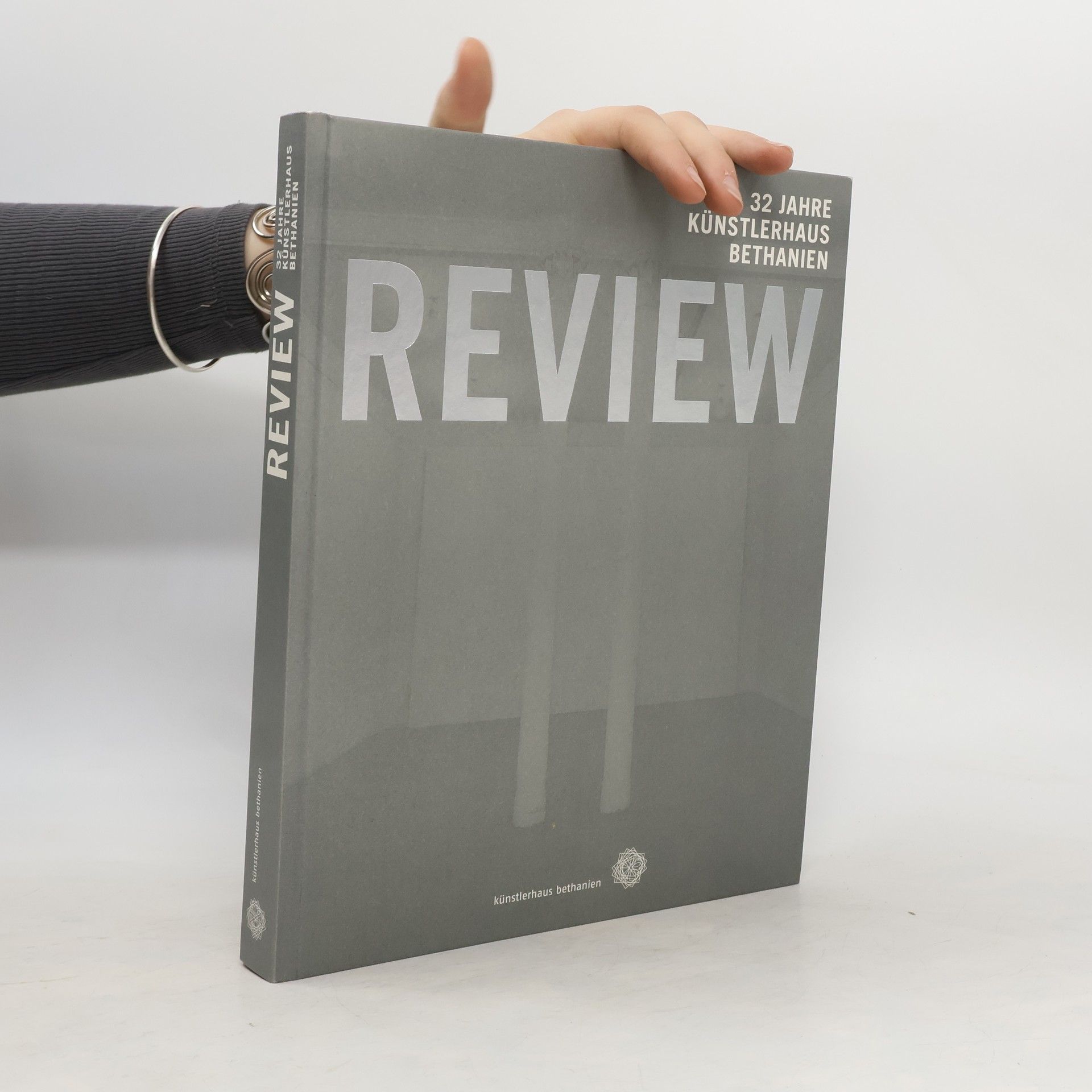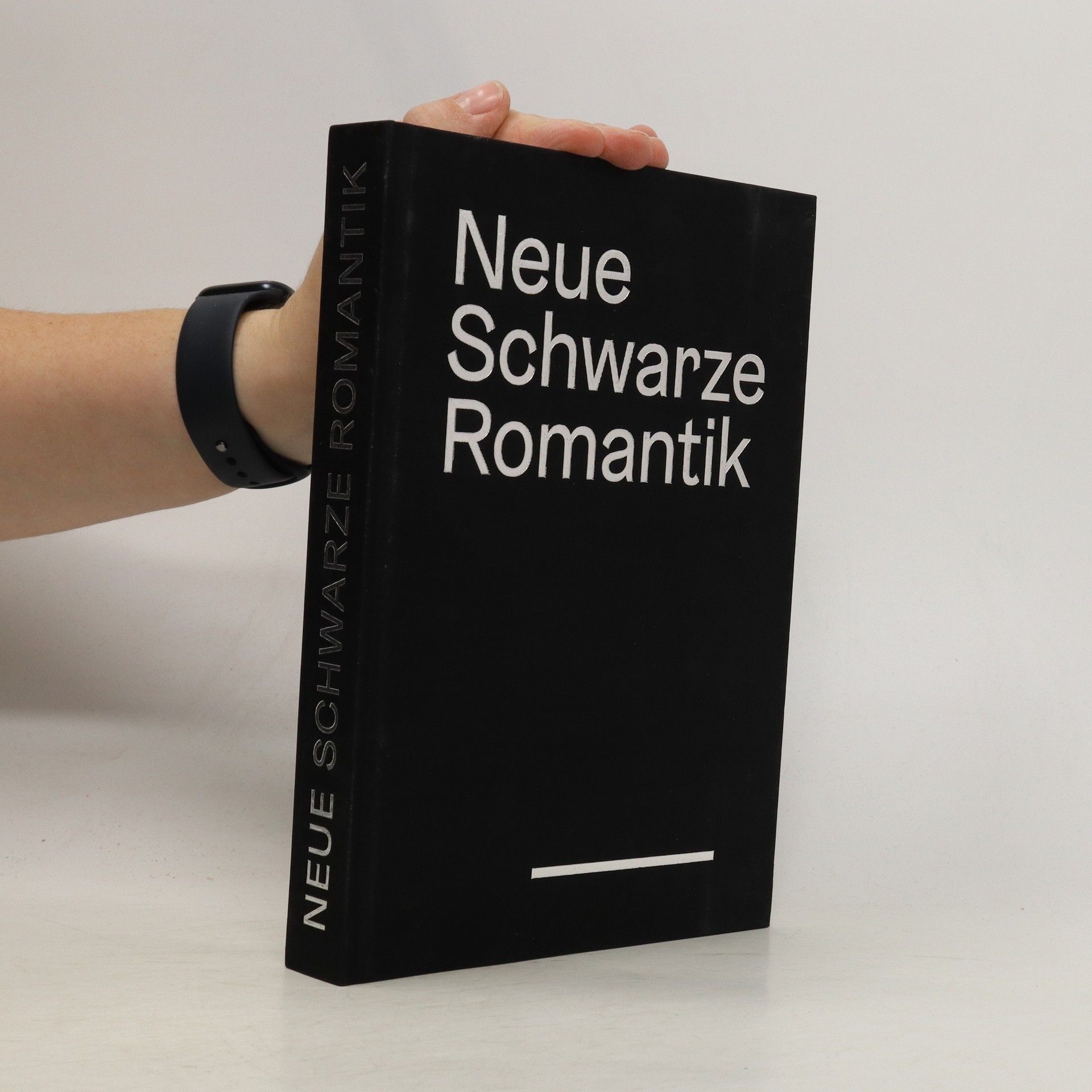Der Ost-Berliner Kunstkritiker und Ausstellungsmacher Christoph Tannert hat ab Mitte der 1990er Jahre im Frühprogramm des Senders RADIO BRANDENBURG regelmäßig für ein paar Minuten über Kunstereignisse im zusammenwachsenden Berlin und im Land Brandenburg berichtet – zwanglos subjektiv wählend und interpretierend, herausfordernd gegenüber herrschenden Kategorien, mit notwendigen Abgrenzungen, zuweilen grenzwertig mit teilweise frechen politischen Zuspitzungen, aber immer heiter auklärerisch. Er näherte sich so im Jahrzehnt der Vereinigungseuphorie den gesellschaftlichen Rissen und ihrer Widerspiegelung im Feld von Kunst und Kultur. Zum ersten Mal können seine in den Äther gesprochenen Urteile jetzt nachgelesen werden.
Christoph Tannert Book order






- 2023
- 2022
Dissonance
Platform Germany
Deutschland hat sich seit der Wiedervereinigung zu einem wichtigen Zentrum der Malerei entwickelt. Die Künstler:innen der 1970er- und 1980er-Jahre folgen keinen klaren Strömungen, reflektieren jedoch präzise die kulturellen Veränderungen. Das Buch präsentiert 81 bedeutende Maler:innen und bietet einen umfassenden Überblick über die zeitgenössische Kunstszene.
- 2020
Jan Muche
Agora
Tracing the Wear of the Life of Labor. The visual art of Jan Muche (b. 1975, Herford; lives and works in Berlin) revolves around forms that bring to mind structural steelwork, giant industrial installation components, or scaffolding. His constructivist-abstract paintings and sculptures look back on steel as a symbol of industrialization and the working class, which featured in unflappably cheerful and adulatory depictions that were characteristic of the twentieth century’s ideologies—Communism, Stalinism, National Socialism, actually existing Socialism. Muche’s roughhewn aesthetic combines proletarian charm with the spirit of onward and upward, taking the beholder to regions not untinged by dissonance. This book, supported by the Leinemann-Stiftung für Bildung und Kunst, brings his reflections on the significance of work and the impact of digital technology on physical toil as well as his engagement with yesteryear’s “heroes of labor” into focus. Jan Muche trained as lithographer and studied with Karl Horst Hödicke at the Hochschule der Künste Berlin.
- 2020
Colours of Soundlessness
(Deutsch/Englisch/Französisch)
- 2007
- 2003
Museumslandschaften sind ein zentraler Aspekt der modernen Fotografie, in der Menschen, allein oder in Gruppen, Kunst betrachten. Tim Eitel (*1971 in Leonberg) überträgt dieses Motiv in seine Malerei, oft mit Fokus auf eine Einzelperson. Seine Werke zeigen Freunde und Künstlerkollegen, reflektiert in den glänzenden Oberflächen stilvoller Galerien, in einem Zustand der Vertiefung, verschmolzen mit Farbflächen und architektonischen Strukturen, die an Mondrians Konstruktionen erinnern. Eitel betrachtet Materie und Geist als Einheit, was sich in der Darstellung romantischer Rückenfiguren im White Cube zeigt. Diese Figuren dienen als Anlass, den gedanklichen Raum als Fläche zu organisieren, die Farbe von der Gegenständlichkeit befreit. Hier treffen der Romantiker Caspar David Friedrich und Piet Mondrian aufeinander, wobei der Blick nicht nur über das Sichtbare hinausgeht, sondern auch in die moderne Dekoration. Eitels Werke hinterfragen die Beziehungen zwischen Menschen und ihrer Umgebung im Spiel von Farbe und Form. Der an der Leipziger Hochschule für Grafik und Buchkunst ausgebildete Künstler bietet einen neuen Zugang zu unserer Welt, die wie eine Frischhaltebox wirkt. Christoph Tannert beschreibt, wie Eitel unser physisches Leben mit klaren horizontalen und vertikalen Linien ordnet, während uns die rückseitig dargestellten Figuren in Sehnsuchtshimmel ziehen, die das Herz schwer machen und die Gedanken fliegen lassen.

